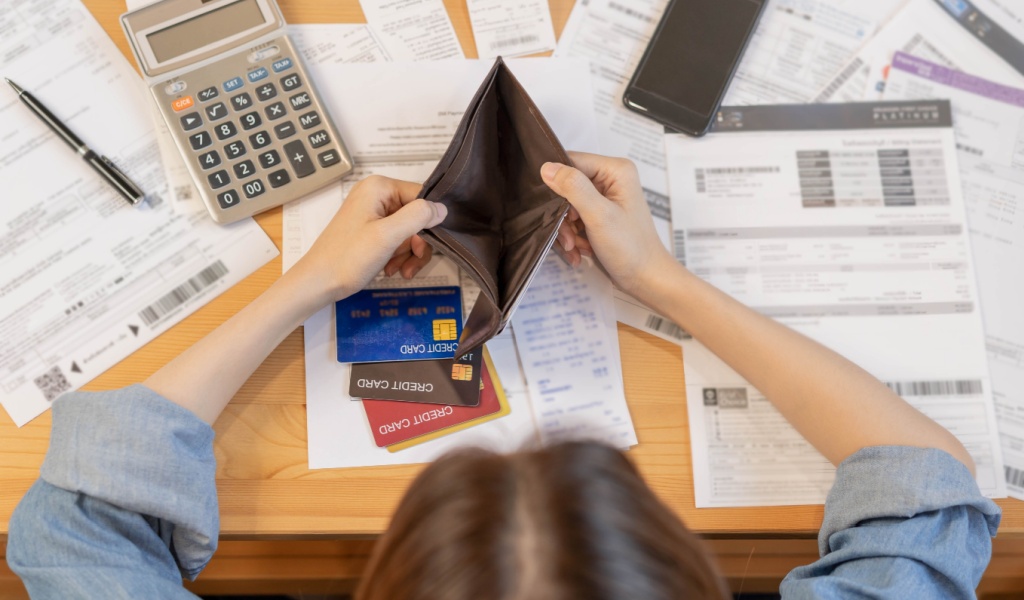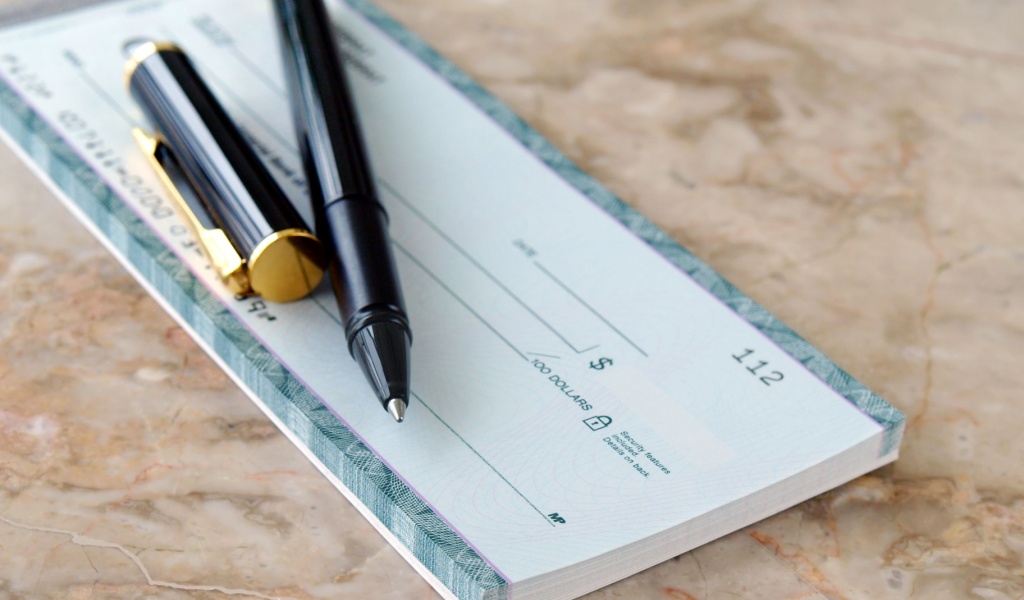Going out to eat has to be one of the most popular forms of entertainment enjoyed by people all around the world. We all know that eating at a restaurant costs more than a home-cooked meal, but we accept the costs because we know businesses need to make money, and anything for a relaxed night free of cooking while also getting to eat delicious food, right?
Well, what would you say if I told you that you may end up paying the restaurant more than you intend to, and not just because you were tempted to order the extra side of cheesy monster fries? In fact, restaurants use several tricks to ensure that they can get as much money out of their customers’ wallets as possible.
Get smart! Here are 14 of such tricks that restaurants use to increase your spending:
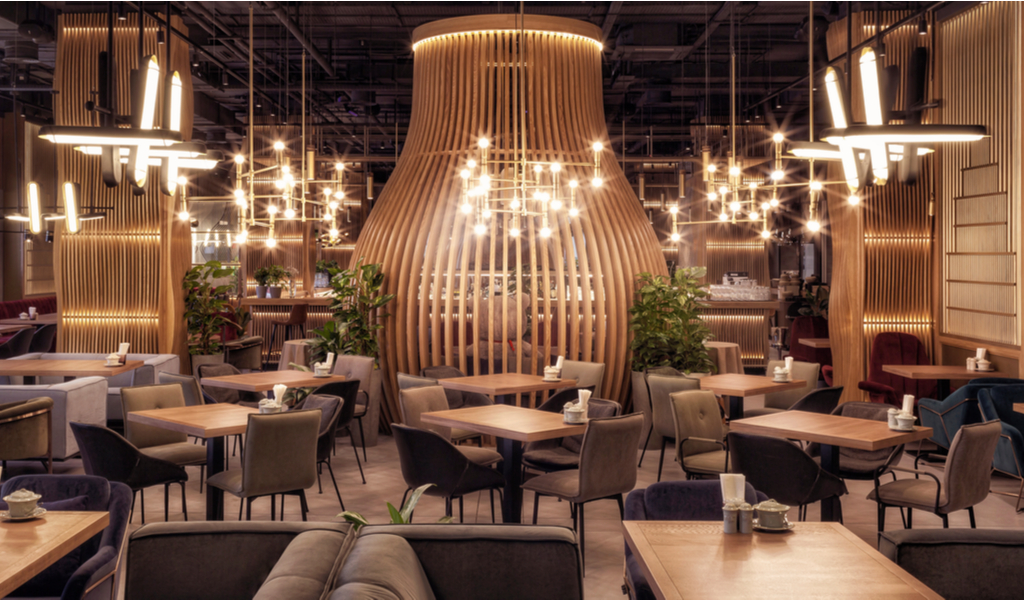
1. Your Fruit Juice May Not be Entirely Fresh
If you order a drink that has a fresh fruit element in it, you may not be getting exactly what was advertised. Bartenders tend to “make up the difference” by used prepackaged juices simply out of laziness or because they need to finish your order quickly and serve another customer. For example, if your drink requires 50 ml of freshly squeezed orange juice, and there’s still a little more needed after squeezing 3 oranges, you can bet the rest gets filled in from a bottle.
2. Private and Comfy Tables
We all love sitting in comfy tables that also give us some privacy when we go to restaurants, but this feature is meant to provide more than just ease for a customer. In fact, research indicates that people are more likely to spend more money when seated at a cozy table that shields them from the rest of the place. They are more likely to order extra dishes, unhealthy dishes, and more dessert if they feel like no one can judge them for it. In coffee shops, where people often come in alone, round tables are often placed throughout the space so that the customer feels social.
3. Menu Listings
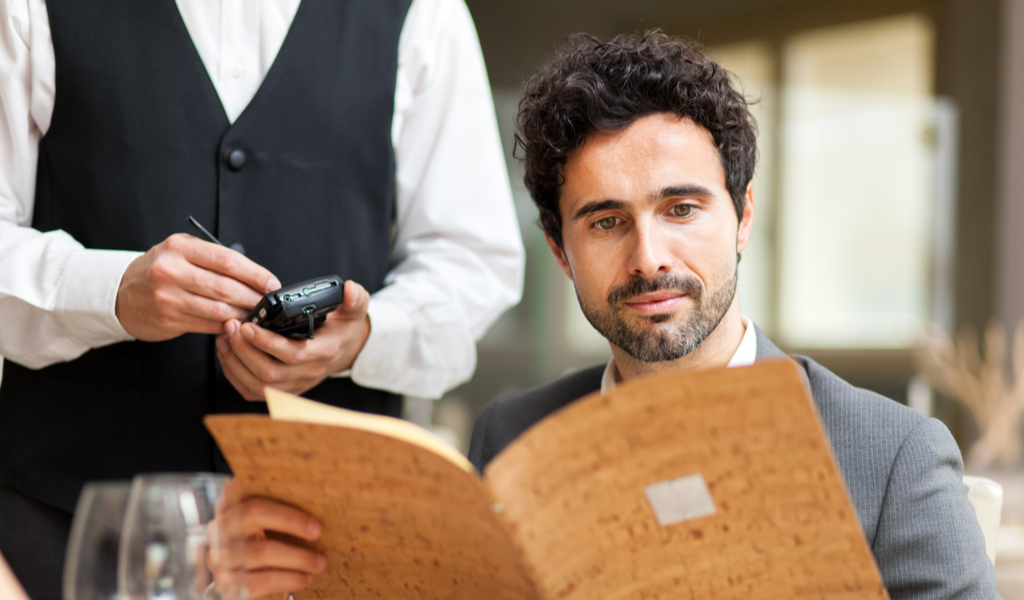
Researchers at Bournemouth University have put forward the theory that cafes and restaurants can earn more money by doing some very strategic menu listings by moving around the number and placement of certain dishes.
Marketing expert Aaron Allen says that restaurants secretly influence the customer to order more expensive/profitable dishes by placing them in the middle of the menu page as this is where most people tend to look at. Most restaurants also price all desserts the same, regardless of the cost of ingredients and procedure, to ensure that everything sells equally.
4. Being Stingy with Expensive Ingredients
Ingredients like berries, seeds, truffles, etc. can help make a dish sound quite appealing and since everyone knows these things cost a bit more, they are ready to pay a premium price. But when it comes to the actual dish, expensive ingredients are used sparingly. However, you can be sure that even if only one berry is used, it’ll be placed strategically so as to appease the customer. David Kincheloe, the president of the Association of National Restaurant Consultants, says this is a popular method of saving money.
5. Creative Dish Names
According to The Guardian, restaurants put a lot of effort into naming their dishes and coming up with crafty descriptions so that it appears unique and appealing on the menu. They take a regular sounding dish like “chocolate cake” and turn into something exciting by calling it “Belgian dark chocolate cake with ganache” or “fish fillet” into “Chilean sea bass with butter sauce”.
6. Smaller Portions + Smaller Plates
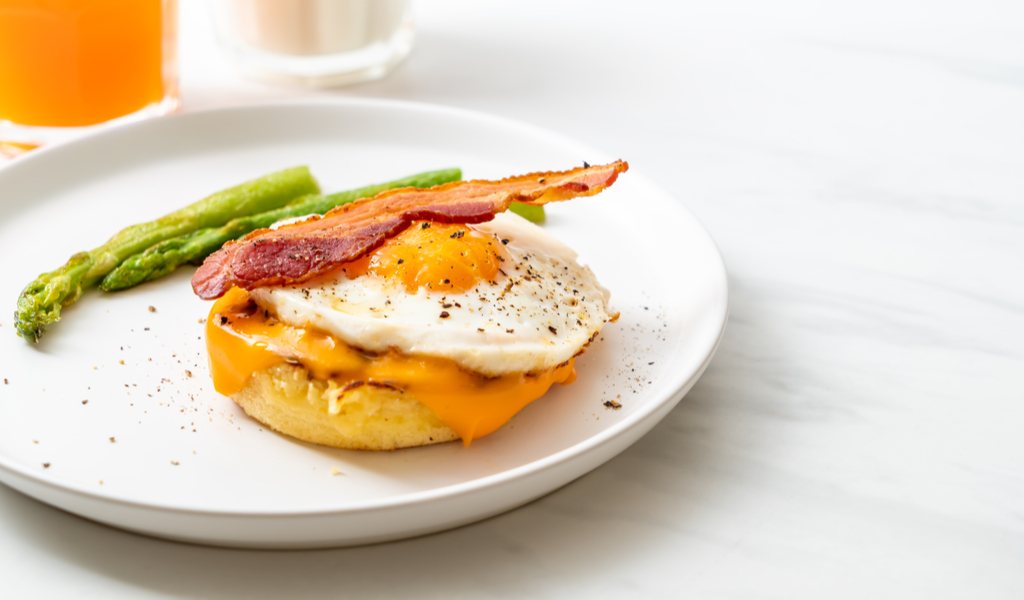
This is a trick that restaurants borrow from marketers of consumer goods. You might have picked up a bottle of juice at the grocery store and wondered why its 900ml instead of 1 liter. This is because manufacturers often reduce the size of the product instead of increasing the price to maximize profitability. Similarly, restaurants just reduce portion size to make the customer think they’re paying the same price. And to mask the fact that there’s less food on the plate, they just reduce the size of the plate so it seems fuller!
7. Attractive Illustrations
Gregg Rapp is an expert in designing menus for restaurants, and he says that using photos and illustrations is one of the best ways to get customers to order a particular product. “Using the photos of a certain dish increases the sales 3 times provided it’s the only photo on the page. That’s why owners carefully choose the photo of which dish they want to place on the menu,” he says.
8. Leave the Currency Sign Off
If you’ve wondered why certain restaurants don’t display the currency sign on their menus, there’s a bigger reason behind it than just aesthetics. In fact, research at Cornell University suggests that people are inclined to spend more when there is no currency sign present. They compared the spending habits of people when presented with menus with and without the symbol to draw this conclusion.
9. Dish of the Day
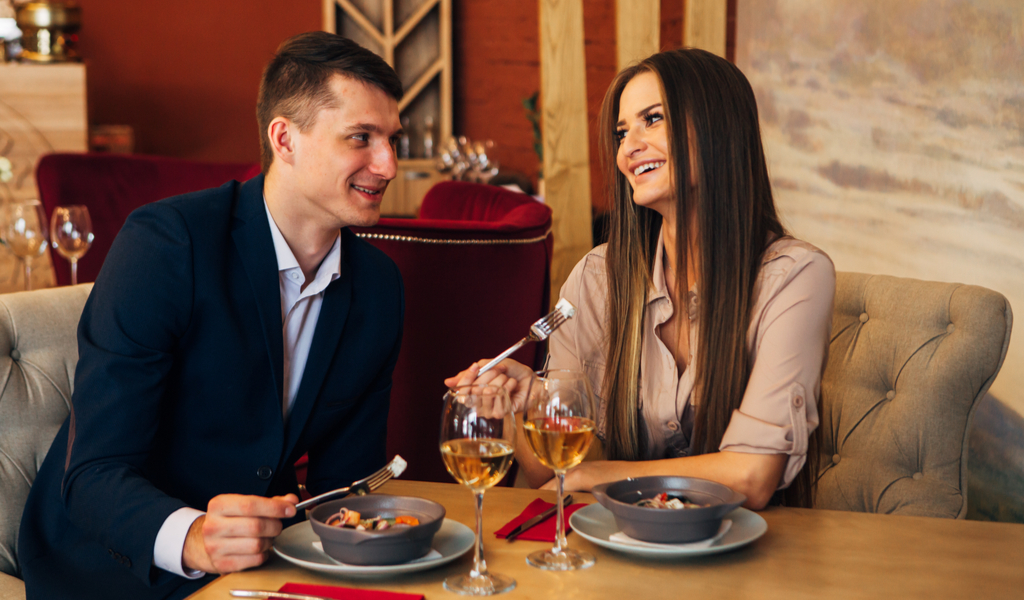
Most restaurants offer promotions and discounts on certain dishes on certain days of the week. More often than not, this is done to ensure that an ingredient that is nearing its expiry date gets used up quickly. For instance, “Fish Monday” is a popular theme in a lot of restaurants because the fresh shipment of fish arrives on Tuesdays and Thursdays and all of it needs to be used up by Monday or thrown away.
10. Complimentary Snacks
Doesn’t it feel pretty great to see that a restaurant serves its customers complimentary snacks even before they give their order? I mean, who doesn’t love free food! Common complementary snacks include olives, crackers, chips, etc. But if you thought the owners of the restaurant were just being nice, you thought wrong! This is yet another money-grabbing trick. You see, salty snacks like these make you thirsty and will tempt you to order more drinks and other items.
11. Music to Fit the Mood
…And to get you to order more food. According to Charles Spence, a professor, “Listening to music can cause both physical and emotional responses, making it doubly powerful when accompanied by food.” Fancy restaurants choose to play classical music not just to fit the tastes of their clientele, but to also psychologically influence them to spend more since it makes them feel richer. Research even indicates that people spent up to 10% less at a café that played pop music.
12. Different Portion Sizes
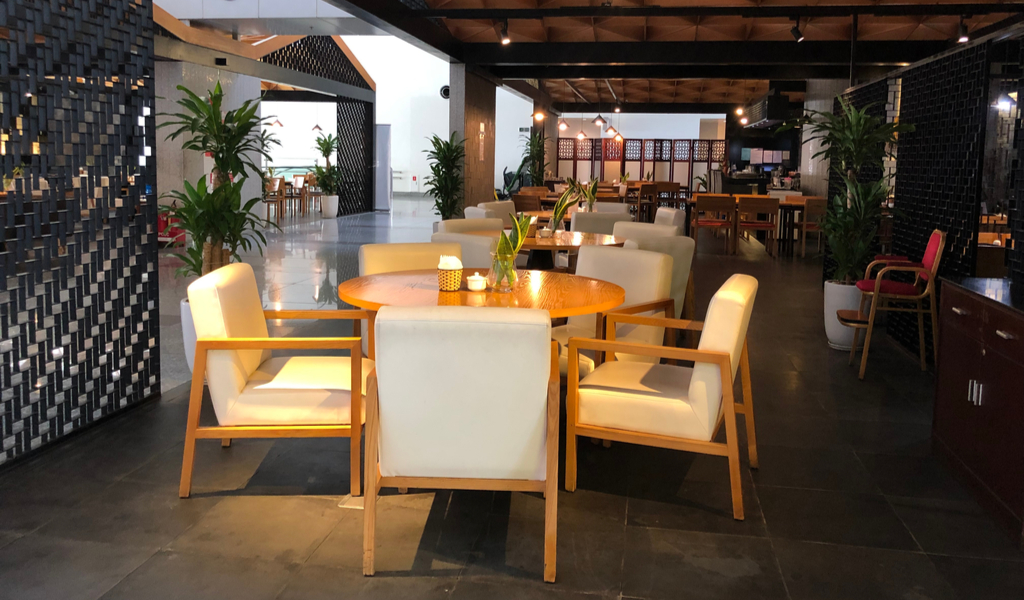
You may have come across a menu that lists 2 different portion options for the same dish, and if it’s the first time you’re ordering that dish, chances are that you’ll pick the smaller one. While you might feel like you’re making the smart choice, this is exactly what the restaurant wants. This is because smaller portions are often more profitable due to saving money on ingredients used. Bigger portions will always give you more for your money in terms of the actual quantity of food.
13. Mood Light
It’s no secret that people like to spend more time in places that are calm and comfortable. Muffled lights are just one of the methods that restaurants use to achieve this effect. Fancy restaurants often use this trick to make their customers feel relaxed. A relaxed customer is in no hurry to leave, which means they’ll probably end up spending more money.
14. Friendly Waiters
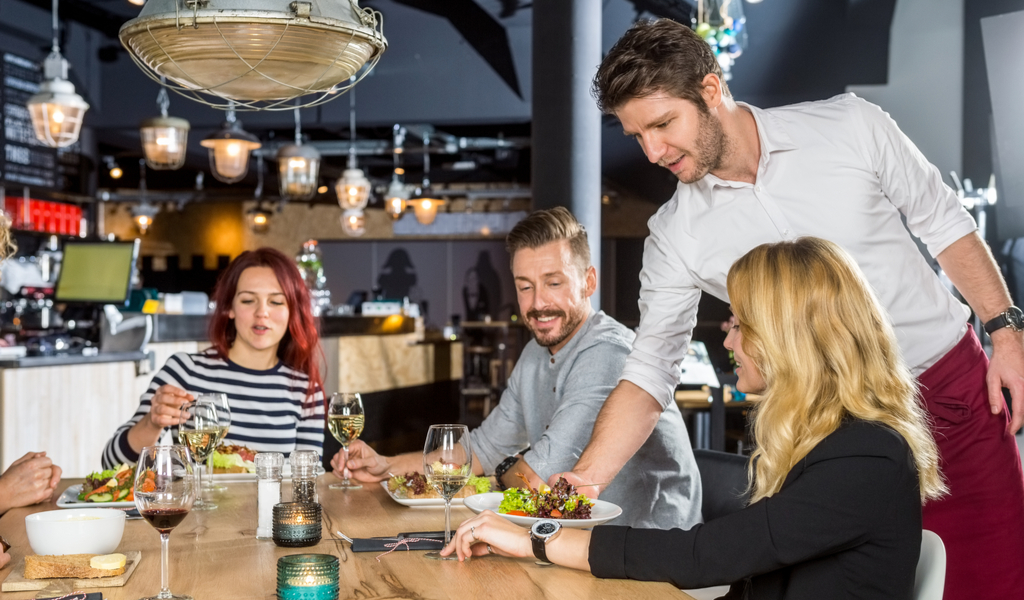
The job description of a waiter isn’t to just take your order and bring you food. In fact, they are one of the best marketing tools available to restaurant owners. Being friendly to the customer isn’t just about good service, but also gaining their trust and likeness through amicable interactions, prompt service, and even cracking jokes with one another. Once the customer decides he/she likes you, they’ll trust your recommendations about what to order. Then restaurants can push certain dishes or encourage them to spend more money without seeming too desperate. Of course, good service brings good tips as well!

